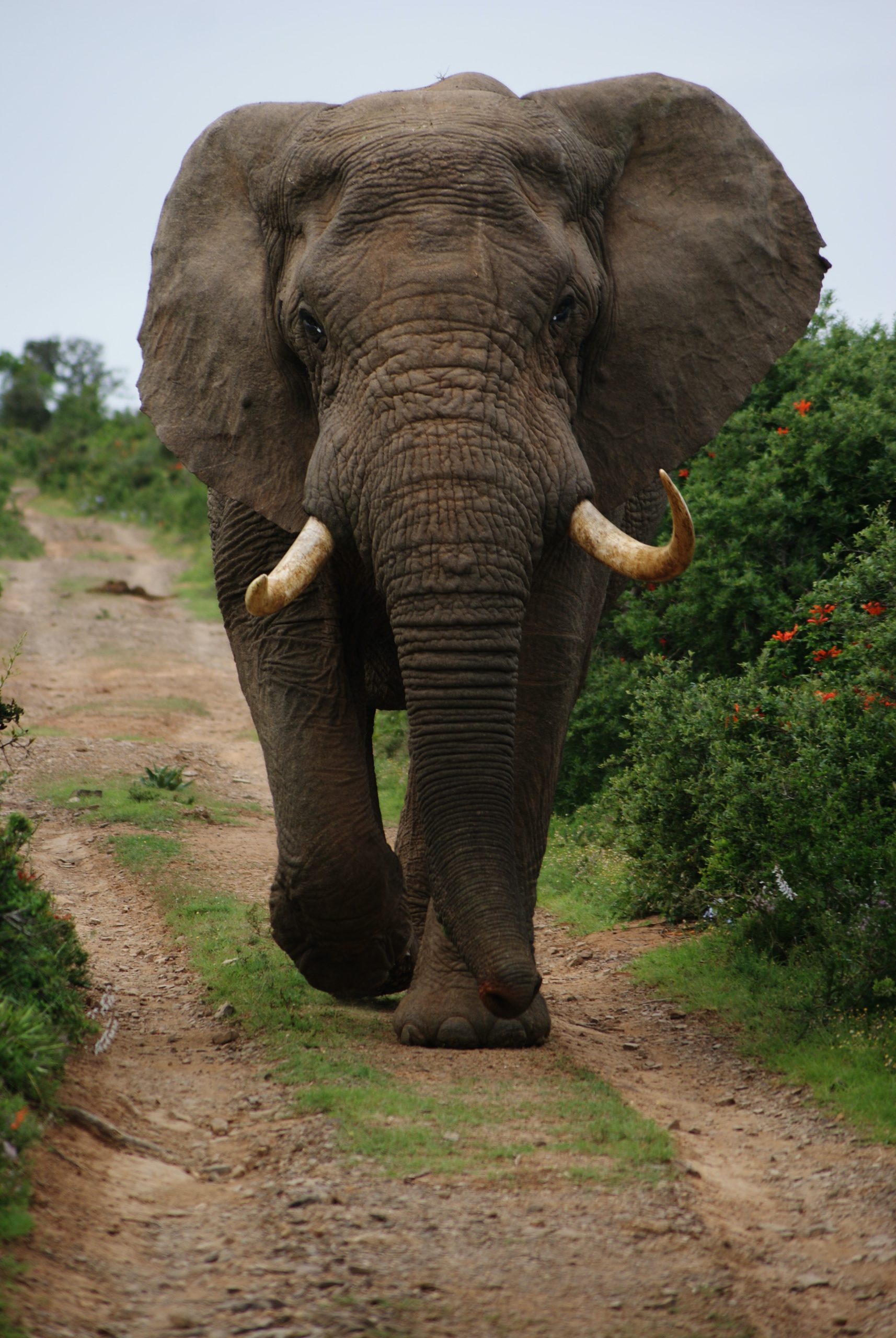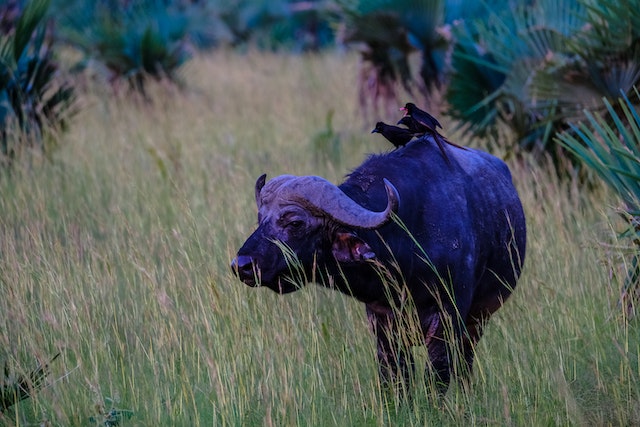As an animal with a trunk, I can attest to the fact that our trunks are much more than just noses. From elephants to tapirs, and even some species of monkeys, animals with trunks possess an incredible appendage that serves a variety of functions beyond simply smelling.
In fact, animal trunks are highly versatile and adaptive structures that have evolved over millions of years to help us survive and thrive in our respective environments. Whether it’s for foraging, communication, self-defense, or even navigation, our trunks are an essential part of our anatomy.
One of the primary functions of animal trunks is for feeding. Elephants, for instance, use their trunks to gather leaves, branches, and even small fruits from trees. They can also use their trunks to grasp and hold onto objects with remarkable dexterity, enabling them to strip bark from trees or uproot small plants from the ground.
In addition to feeding, trunks are also used for communication. Elephants, for example, use their trunks to produce a wide range of vocalizations, including trumpets, rumbles, and grunts. These sounds are often used to communicate with other elephants in the herd, to warn of danger, or to express emotions such as excitement or aggression.
Some animals with trunks also use them for self-defense. Tapirs, for example, have long, flexible snouts that they can use to fend off predators by delivering powerful bites or swipes with their trunks. Similarly, some species of monkeys have prehensile tails that function much like a trunk, allowing them to grasp and hold onto branches or other objects to help them evade predators or reach food.
But perhaps one of the most impressive functions of animal trunks is their ability to navigate and sense their environment. Elephants, for example, have a highly developed sense of smell and can use their trunks to detect water sources from miles away. Some species of anteaters have incredibly long, slender snouts that they use to probe into tight spaces in search of insects and other small prey.
Even in humans, the nose can serve as a powerful tool for detecting danger, as anyone who has smelled smoke or gas can attest. But for animals with trunks, their sense of smell is even more acute, allowing them to detect even the slightest scents from great distances.
In conclusion, animal trunks are remarkable structures that serve a variety of functions beyond just smelling. From feeding to communication, self-defense, and navigation, trunks are essential tools that have allowed animals to adapt and thrive in their respective environments. So the next time you encounter an animal with a trunk, take a moment to appreciate the incredible versatility and power of this amazing appendage.









